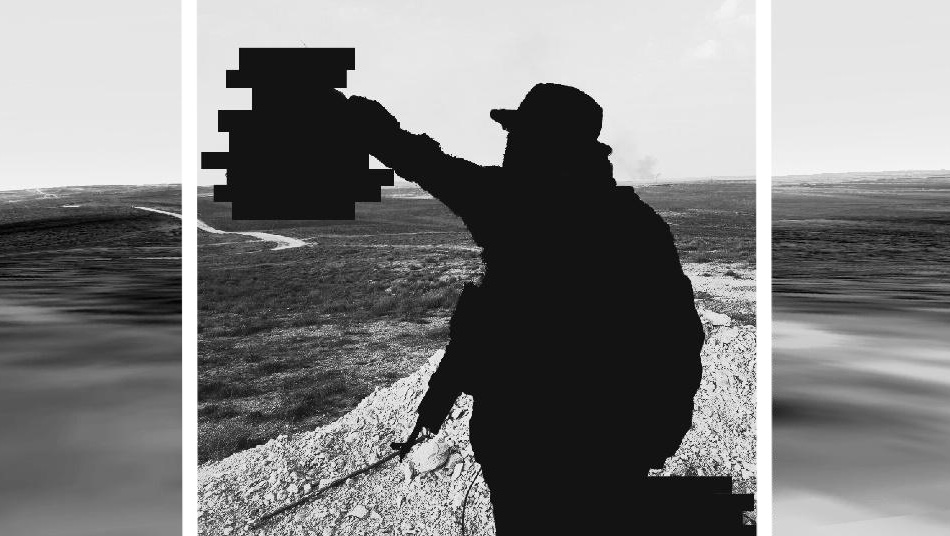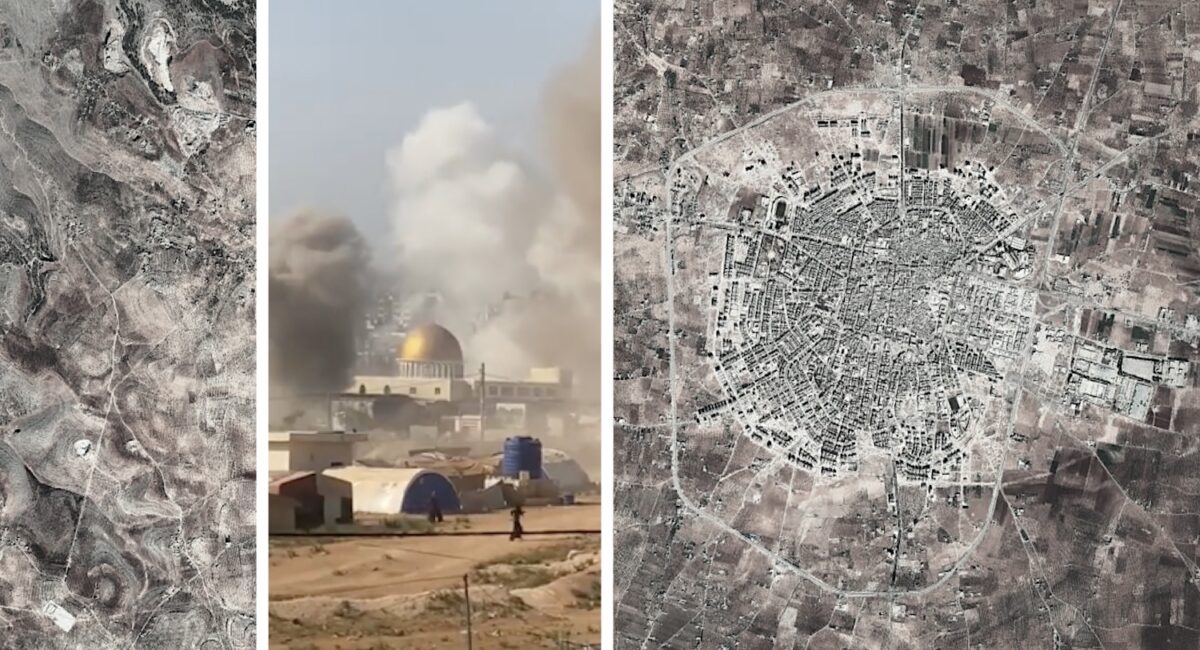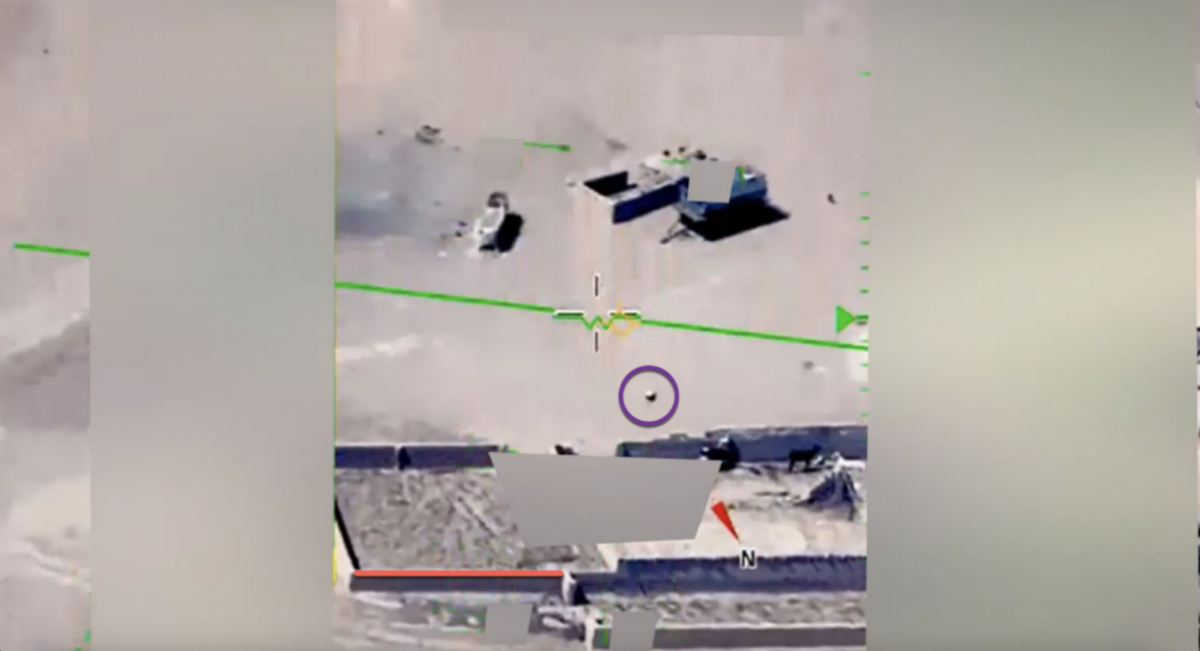Lost Boys - Child Combatants of the Syrian Civil War
Much has been written on the use of child soldiers by the self declared “Islamic State”. With the offensive against Mosul beginning in earnest, eyes again are on the group and its use of children on the battlefield. With focus here perspective is often lost on the fact that other groups such as the Syrian Arab Army, YPG and a myriad of Jihadist factions have been spotted, using children and adolescents on the battlefield. As communities feel existential threats and the number of fighting age males dwindles, the definition of what constitutes a ‘fighting age male’ continues to drop.
This has numerous negative effects for the young men involved. The continuous, unpredictable danger and severe stress associated with the mere fact of living in a warzone can lead individuals to developing symptoms of post-traumatic stress disorder, depression and other health issues. Maladaptive coping mechanisms, acute stress responses, hyper-vigilance, insomnia, concentration difficulties and memory problems are all possible outcomes of exposure to repeated traumatic events. Research from Northern Uganda shows prevalence rates of symptoms of PTSD are more prevalent in young teenagers who were pressed into service or abducted, than those who chose willingly to enter service.
Traits and symptoms of PTSD are likewise more prevalent when children and adolescents, do not have adequate familial or social support. as found in cases of Cambodian children, and amongst Israeli communities. Exposure to repeated traumas in the form of terrorist attacks, barrel bombs, random artillery barrages all threaten core safety and security schemas about the world. Internal and external coping mechanisms are mobilized to deal with this, with diminishing returns as communities are emotionally taxed and unable to fully care for their loved ones trauma as well as their own.
When discussing the Syrian conflict it is vital to separate the use of children in propaganda material and actual military training of future child soldiers. As seen with the Islamic State group, organizations, can run ideological indoctrination programs, and deploy underage fighters to the battlefield as simultaneous but separate programs. The line where para-military activities as indoctrination begins and para-military activities designed as actual battlefield preparation begins is a murky one. Following in the framework of the self declared Islamic State, some groups may train children for years before ever deploying them to the battlefield.
Amongst the non-IS jihadist factions, one group that has been very open about the use of children in combat is Katibat Imam Bukhari. Katibat Imam Bukhari is a group of primarily Uzbek fighters loyal to the Taliban, with a small Chechen component. The group operates, or at least did operate training camps in the Aleppo region. These camps feature components on urban warfare and the group has acted as a powerful opposition faction in North and Western Aleppo at different times.
Sometimes, as in the photo below, children of fighters are brought along to mill about the training camps. With the jamaat being one of the only reliable social institutions for foreign fighters, the inclusion of children at training camps is not seen as too out of place. Many times children are staged in videos a fundraising prop. This communicates to their opponents (and to a lesser extent foreign Gulf backers) that the jihadis are steadfast in their convictions and in the fight for the long haul. The only group willing to show children at the age of ten or younger killing is the self declared Islamic State group.
In a 2015 video release the group documented the death of a commander’s 14 year old son in the North Aleppo countryside. Despite this personal loss, the group continued using children in battle. Flanked by other young fighters, Imam Bukhari commanders vow to fight on. In another video from this year, a commander in the group is seen inspecting teenagers operating a hell cannon in Aleppo. The commander is extremely proud of the boys for joining at such a young age. No norms are being broken in his eyes. To quote one militant in the group: “We have 9, 10, 11, 12, 14 -year-old mujahedin with guns in their hands… you can go to wage jihad at any age”. While there is indoctrination into group ideology, there does not to be forced conscription in the majority of Syrian cases. The features of child combatants in the Levant differs from what we have found on the African continent.
In comparison to African conflicts, the presence of child abduction is less a factor in determining whether a child or adolescent will become a child soldier. Much research has been done on the use of child soldiers in places such as Uganda or Mozambique. Here the patterns of recruitment often revolved around raiding. Boys were abducted from their village or homestead and drafted into service. Currently that phenomena seems less prevalent in Syria. That may change with more time and field research, but outside of the self declared Islamic State forced conscription seems to play only a small role. Instead, the phenomena of foreign fighters bringing their families wit them on jihad seems to play a larger role. Below we see an example of this in the Uyghur Turkestan Islamic Party.
The Turkestan Islamic Party is an outlier among the jihadi groups operating in Syria. Part Uyghur nationalist, TIP is an avowed enemy of the People’s Republic of China. TIP can be classified as a “third way” jihadist group akin to Jund al-Aqsa. Operating under the same al-Qaeda umbrella as Imam Bukhari, Tawheed wal-Jihad and Imrat Kavkaz, TIP puts an onus on the “far enemy” in a way other foreign fighter groups in Syria do not. TIP propaganda shows us images of entire families armed with weapons. While the propaganda is meant to intimidate Chinese officials and show resolve to supporters back home, it also gives us insight into the subcultures of violence that form among jihadist circles in Syria. Without civic engagement, without access to resources and education beyond the military and religious variety, children are likely to fall into the same trap their parents did.
Open source methods alone do not allow for a comprehensive understanding of how different groups in Syria utilize children in different roles. Often younger children are used as spotters or scouts. They serve an auxiliary role rather than that of a frontline fighter, no self respecting jihadi is going to employ ten-year-olds as front line shock troops. It is more likely that adolescents will be deployed to the front lines. From the perspective of an unscrupulous commander, adolescents provide the impressionability of children, but their physical development makes them more useful as traditional fighters on the battlefield.
When adolescents are deployed on the frontlines by jihadist factions, one way to tell is by the distinctive lack of a beard such as in these propaganda releases by another Uzbek group operating in Syria, Katibat Tawheed Wal Jihad. Even with blurred faces and balaclavas, it is clear the individuals in the picture do not have the fully developed facial and physical features. A group like Katibat al-Taweed wal Jihad has never showed off very young fighters, but quite blatantly uses adolescents.
When discussing adolescents it is important to keep in mind that adolescents have a greater level of autonomy and agency than young children. An adolescent may choose (under duress, false promises, or misguided idealism) to join an armed faction. The use of adolescent fighters has been documented in factions of the Free Syrian Army in Aleppo and Chechen Jihadist groups such as the now defunct Jaish al-Muhajireen wal Ansar. Due to the constantly changing dynamics of the Syrian opposition it is not outside of the question that local Syrian boys may join a nominally foreign faction if it can provide them with food, security, and a level of control of their damaged lives. Besides the honor and glory that comes with being a resistance fighter, joining a faction and defending their community serves as a way for young adolescent men to claim their forming identity.
This “giving back control” is a narrative oftentimes used to justify the arming and military training of children in Syria. The arming of children is not seen as an offensive and amoral tactic of war, but as a means to defend the community. Be that community Sunni Arab, or otherwise. The nebulously defined People’s Protection Units which sprung across Northern Syria in response to the then titled Islamic State of Iraq and the Levant has on numerous occasions given weapons and uniforms to children and adolescents. In the Kurdish context, the presence of young girls being armed and given uniforms, is one manifestation of this process.
The People’s Protection Units have been criticized by independent NGOs for the continued use of child soldiers in their ranks. Despite attempts to crack down on the practice, it continues. The breakdown in command and control between local and regional commanders is one possible explanation for this. The lack of any centralized command has dogged the both the opposition and Syrian state since the conflict began in 2011. Diplomatic initiates from a number of regional backers has failed to truly unite and standardize a set of norms for the myriad of different groups and militias. Without this, any new guidelines aimed at removing children and adolescents from the frontlines is functionally impossible to enforce across the board.
This constraints are not unique to the YPG. On the side of the regime you see all number of smuggling gangs, foreign paramilitaries and local militias, each with their own set of behaviors and norms. One of the most prominent offenders on the pro-regime side are the IRGC organized Liwa Fatemiyoun. Liwa Fatemiyoun a militia nominally sent to Syria to defend a holy Shia shrine. Functionally the group has acted as auxiliaries for the Syrian Arab Army. Pro Iranian blogs have kept track of those who died in Syria. One blog post commemorating “The smallest defender” features a boy no more than 15 or 16. Other memorials for dead fighters released to the media feature adolescent fighters. As a project of the Iranian Revolutionary Guard it is very difficult for Westerners to gain insight into how Fatemiyoun fighters are vetted. If the accusations of drafting drug addicts and poor Afghan refugees prove correct, the answer to that question could easily be “not at all”. The prospect of hundreds of dollars in income a month to support their family is simply too good to turn down for some boys.
In addition to the foreign militias fighting for the regime, regime forces themselves have deployed underage troops to the battlefield. As documented in both Russian and Western accounts, the Syrian armed forces nominally one unit in the popular discourse, are in actuality an uneven patchwork of local militias, warlords, and smugglers. Corrupted by patronage networks, defections and inefficiency the Syrian army has been an institution on it’s last legs since the onset of the conflict beginning in 2011. One symptom of this is the regularly must outsource fighting to, independent actors.
Part-warlord, part-viceroy and part-mafia don, Mohammed Jaber serves as Assad’s man in the Northwestern province of Latakia. Noted for his involvement in money laundering, and smuggling oil Mr. Jaber runs one of the most well organized and funded pro-regime militias in Syria. Much like the opposition groups it fights, Suqur al-Sahra runs it’s own training camps and has a logistical capacity exceeding that of other pro-regime militias. Suqur al-Sahra forces are thought to work with Russian advisors in the conflict. Despite this, the organization still seems to accept adolescent fighters into its ranks. The two boys below were featured as martyrs in February. The fighting took place at Khanasir south of Aleppo.
Suqur al-Sham is not the only regime loyalist faction to use adolescent combatants. Combatants as young as fourteen have been sighted on the Damascus, Aleppo, Homs, and Latakia fronts. A regime supported militia in Latakia seen using young combatants is Quwat dir al-Amn Askeri. A project of the Military Intelligence Branch, these adolescents were seen fighting in Aleppo two weeks before the publication of this article. In addition to flaunting norms against the use of chemical weapons and targeting of civilians, the Syrian state continues to deploy combatants of dubious age to the frontlines. Article 77(2) of the 1977 Additional Protocol I to the Geneva conventions (a protocol recognized by the Syrian Arab Republic) say that conflicting parties must “take all feasible measures in order that children who have not attained the age of fifteen years do not take a direct part in hostilities”. This is openly flaunted by state backed groups such as the Syrian Socialist Nationalist Party, and Palestinian militias deploy combatants at fourteen years of age.
Child combatants have been used on all fronts in the Syrian Civil War. It is imperative that all sides, despite the logistical and organizational hurdles uproot the use of child soldiers from their ranks.Civil wars are local endeavors, and in the fragmentary and kaleidoscopic nature of both government and opposition forces it is often difficult to exert control on proxy and auxiliary forces. It is up to the actors on the ground to and their foreign backers to investigate all possible instances of children being used as soldiers. Children at this stage of development are very impressionable. Every action, every trauma, can scar and hobble their physical and mental development. We must make sure the mass uprooting and exploitation of Syria’s children does not lead to a lost generation.
Appendices
Due to the nature of the project not all factions could be included in the essay portion. The following is a non-exhaustive, non-comprehensive list of factions in the Syrian Civil War that have employed child combatants. YPG and FSA groups were more savvy about not shining a public light on younger combatants and did not allow for the identification of particular units and formations in which violations occurred. It is meant to be a useful tool for researchers and human rights investigators. Links are provided where possible. In multiple instances, video evidence was deleted from video sharing sites as Youtube for Terms of Service Violations before they could be adequately investigated and archived.
Regime factions who have trained or used child combatants:
- SSNP
- Suqur al-Sahra/Desert Hawks
- Liwa al-Salahuddin al-Ayyubi
- Liwa al-Jalil
- Quwat dir al-Amn Askeri (arm of Syrian Military Intelligence)
- Liwa Fatemiyoun
- Quwut al-Ridha
al-Qaeda linked factions who have trained or used child combatants:
- Turkestan Islamic Party
- Jaish al-Mujahireen wal ansar (group effectively defunct)
- Imam Bukhari Katibat/Jamaat
- Jaish al-Sunnah
- Nusra Front (project of Saudi Cleric Abdullah al-Muhaysini)
- Junud al-Sham [Muslim Shishani Group]:











